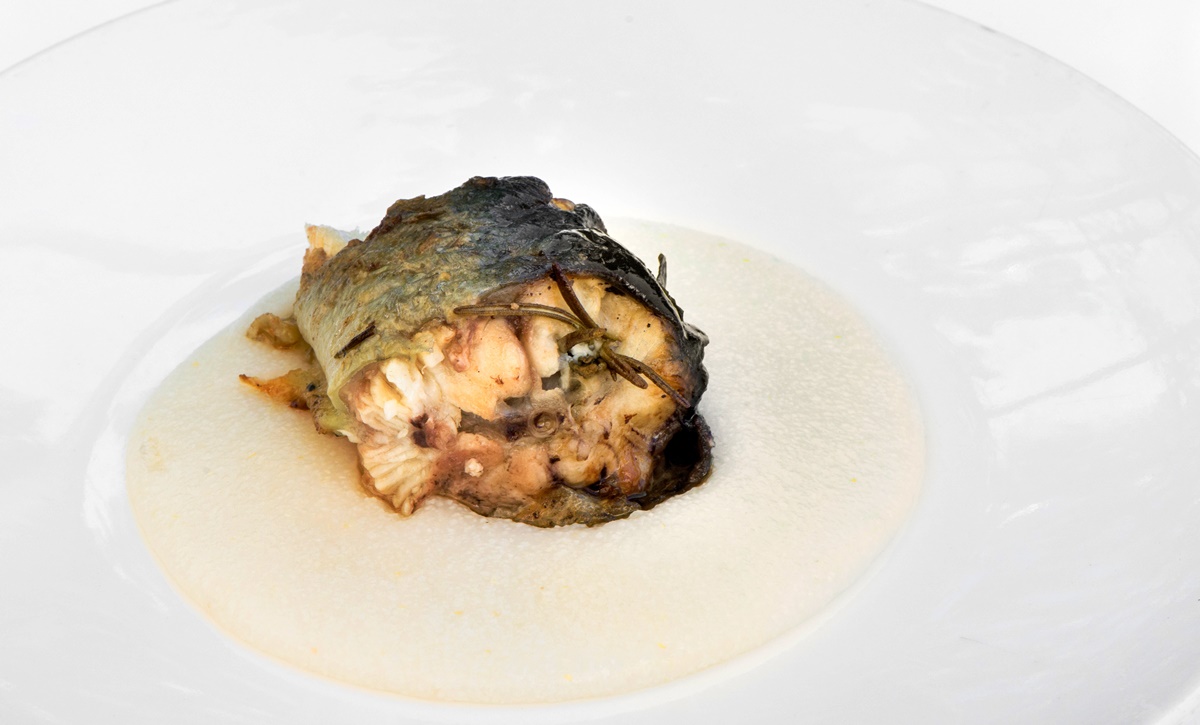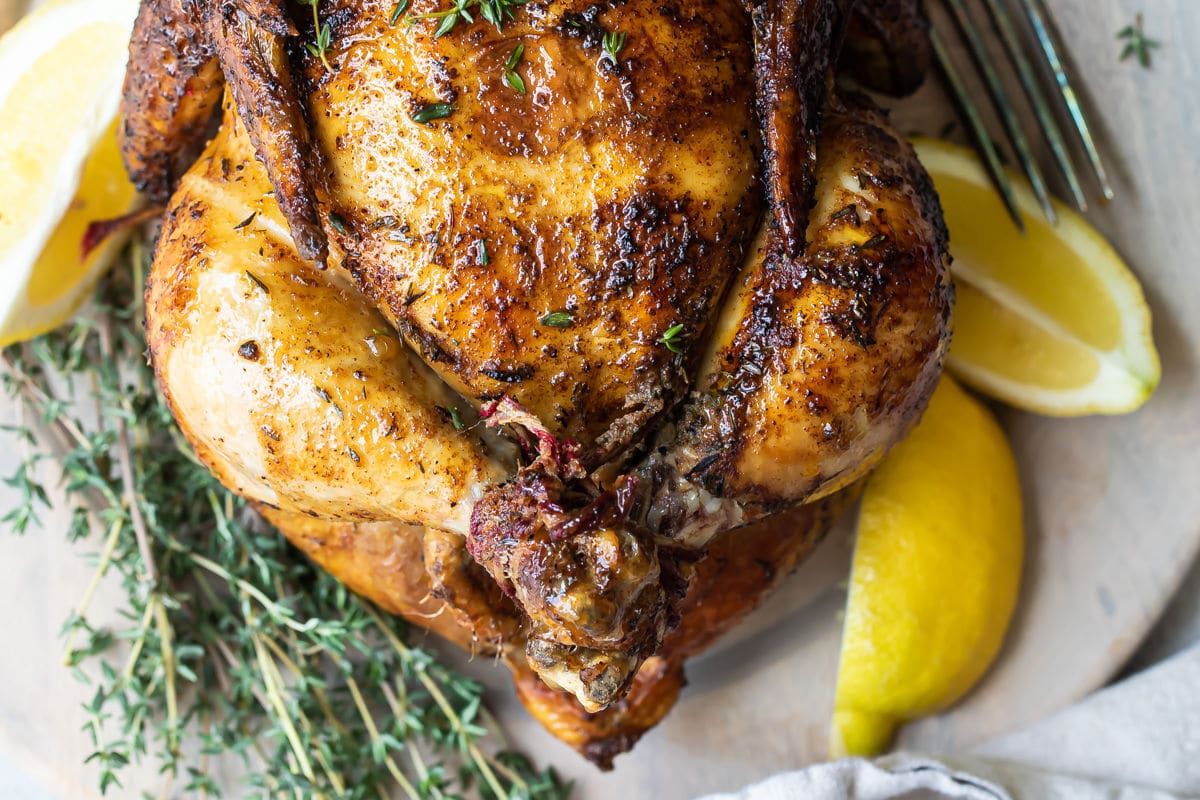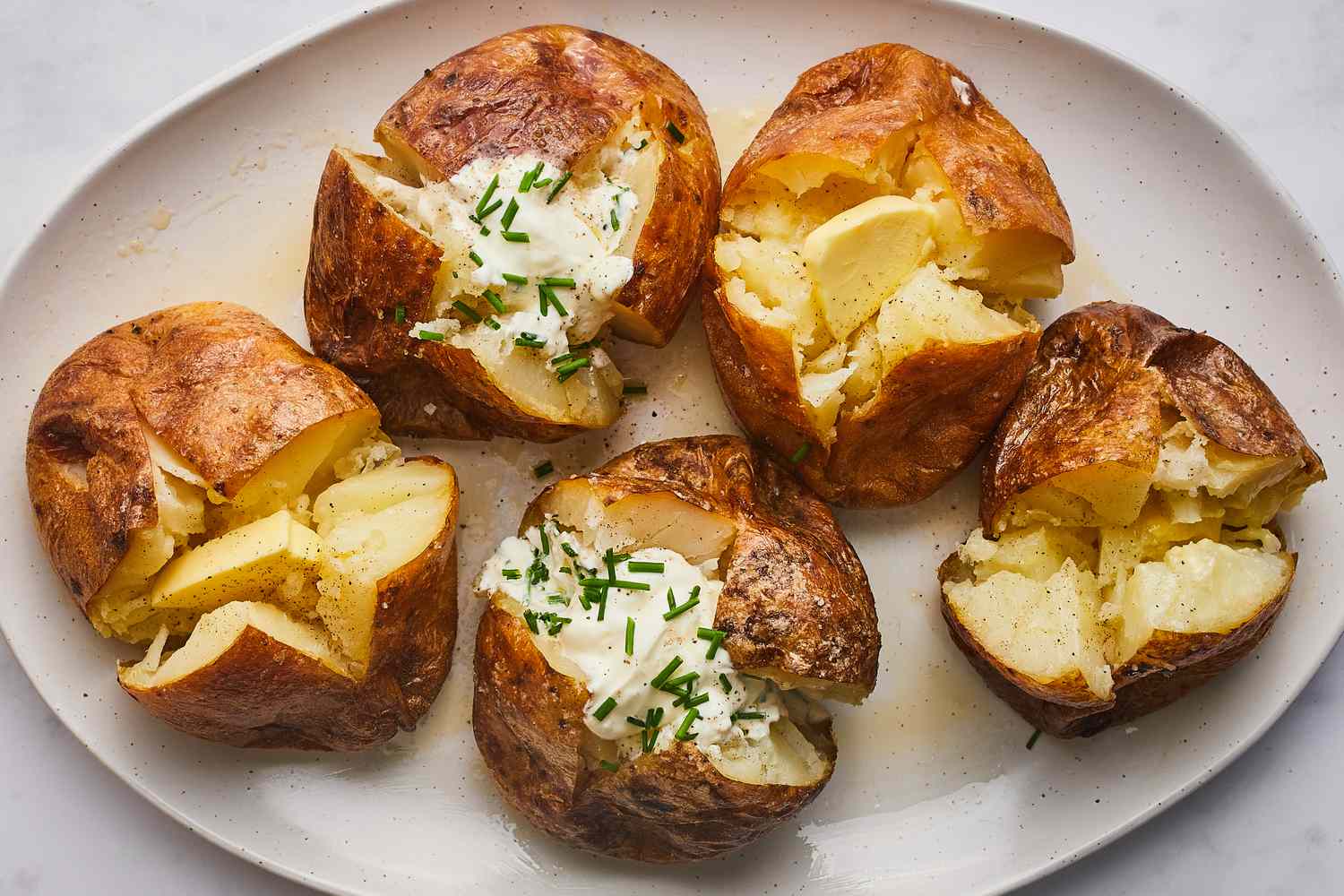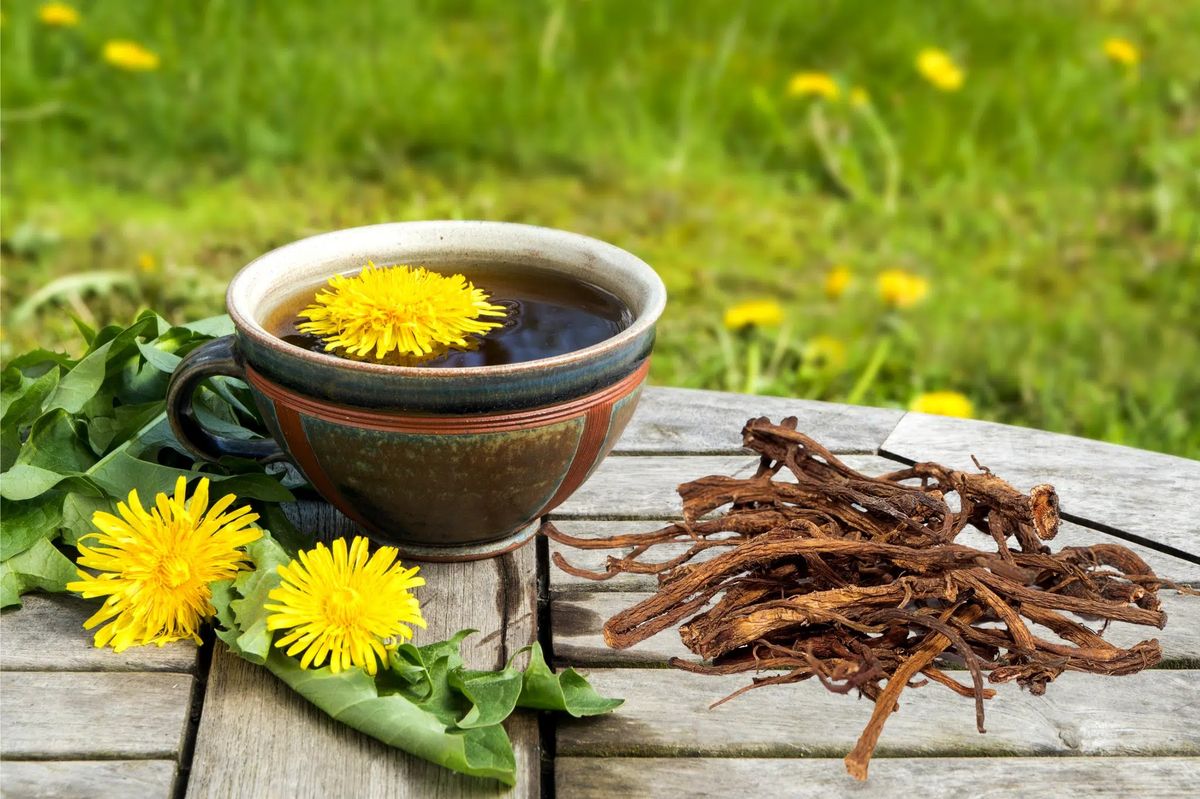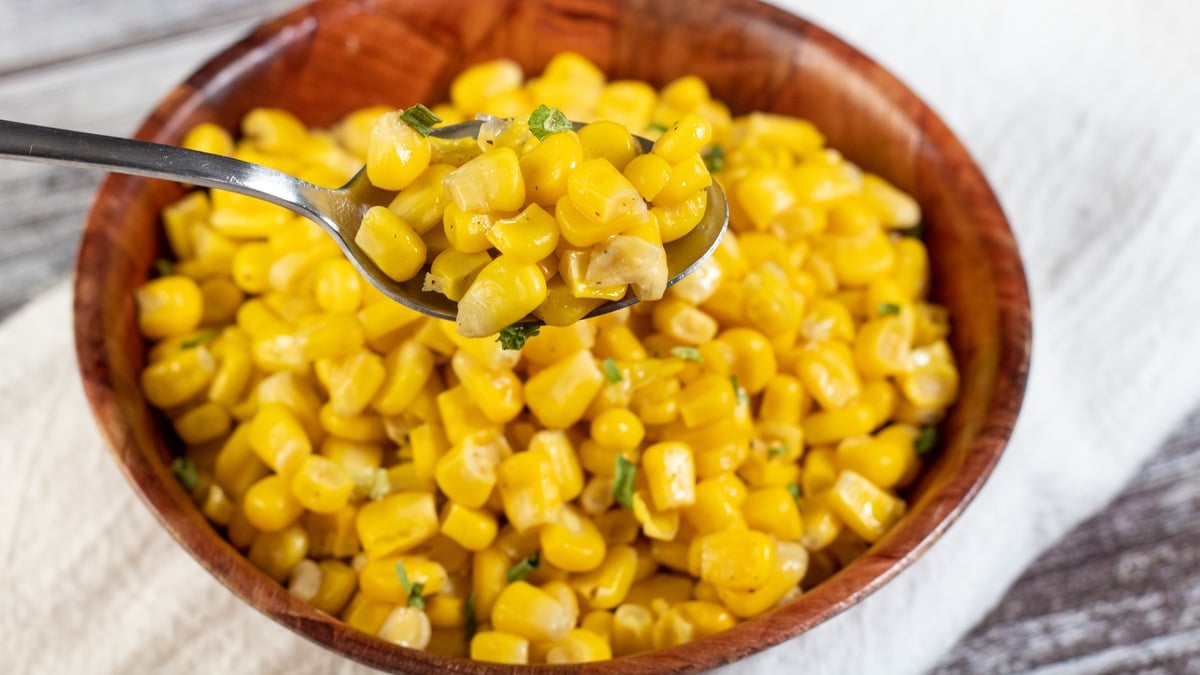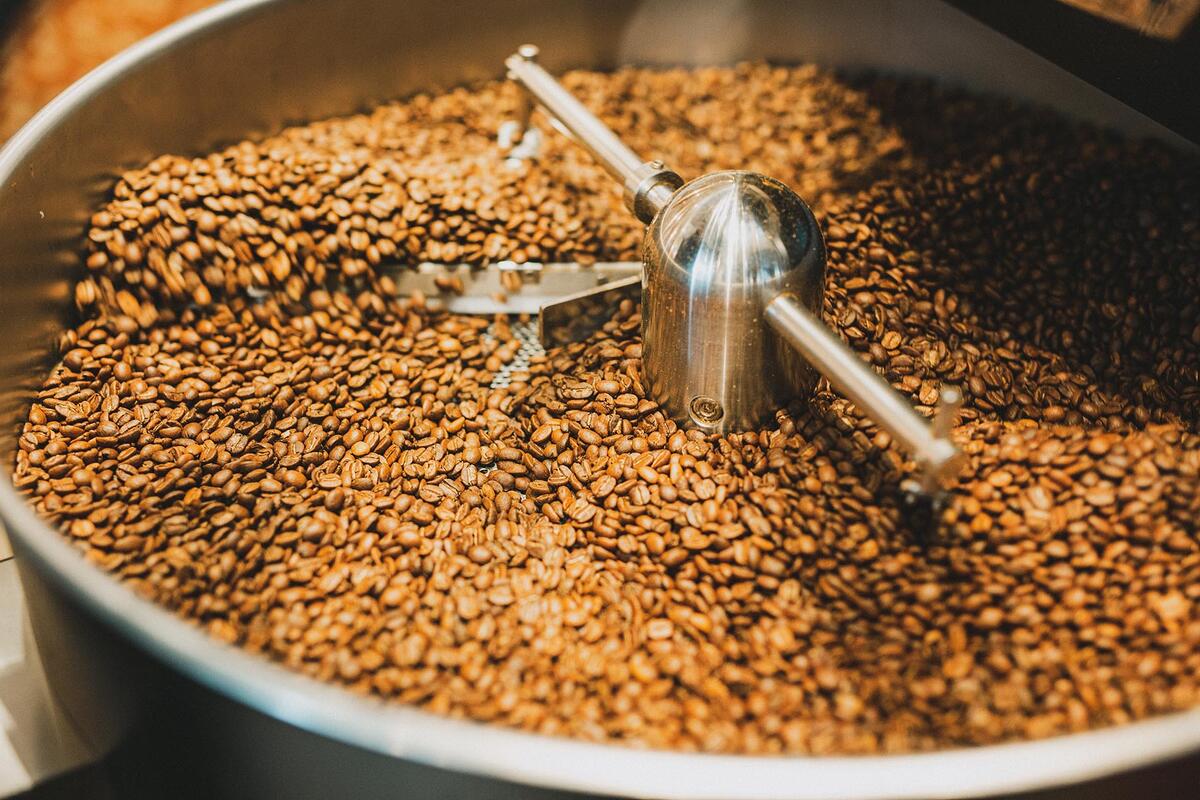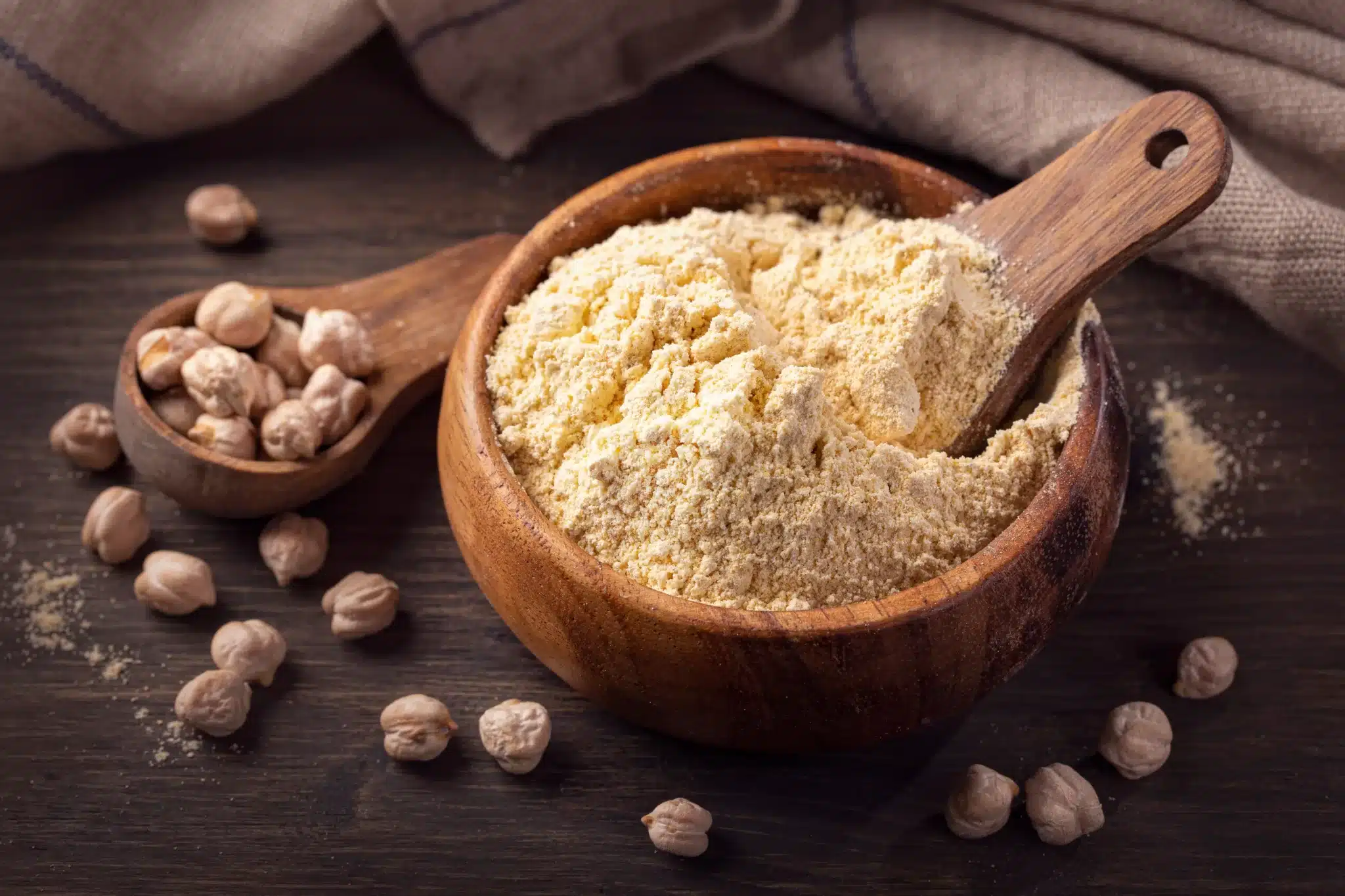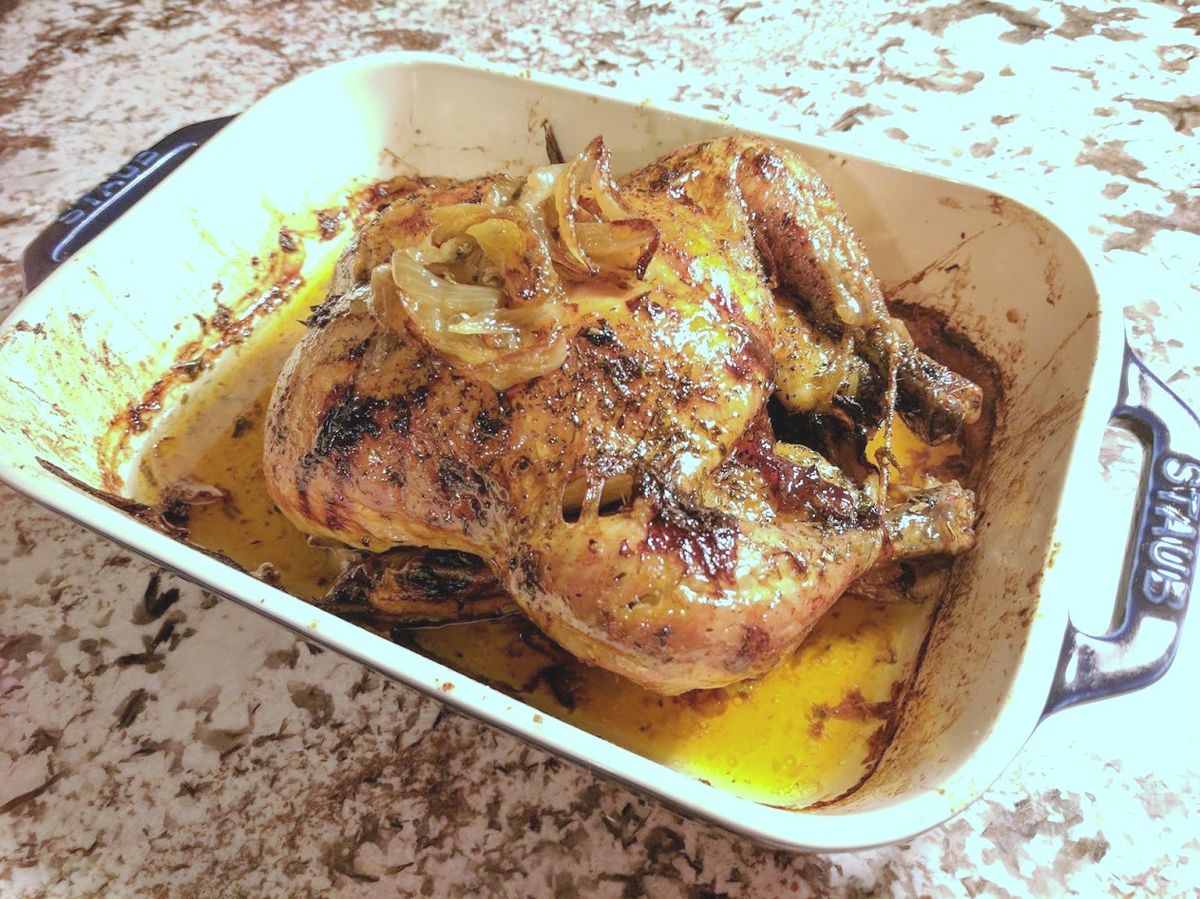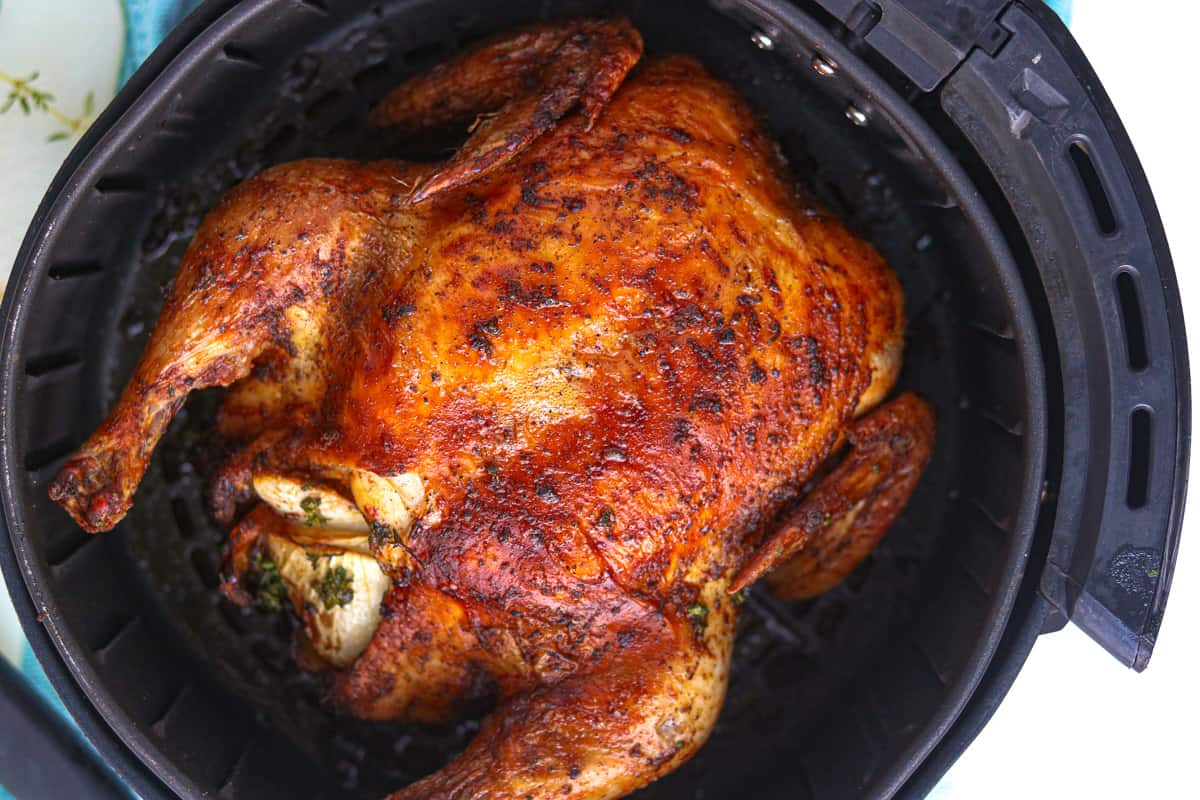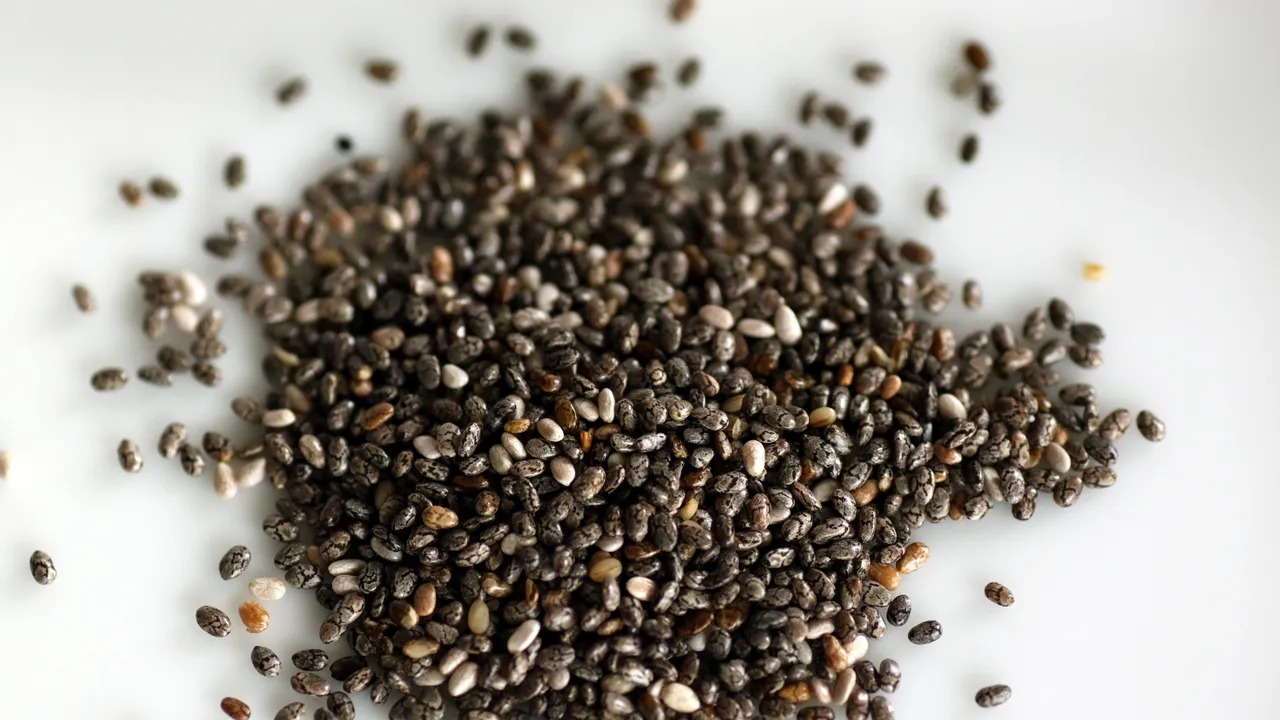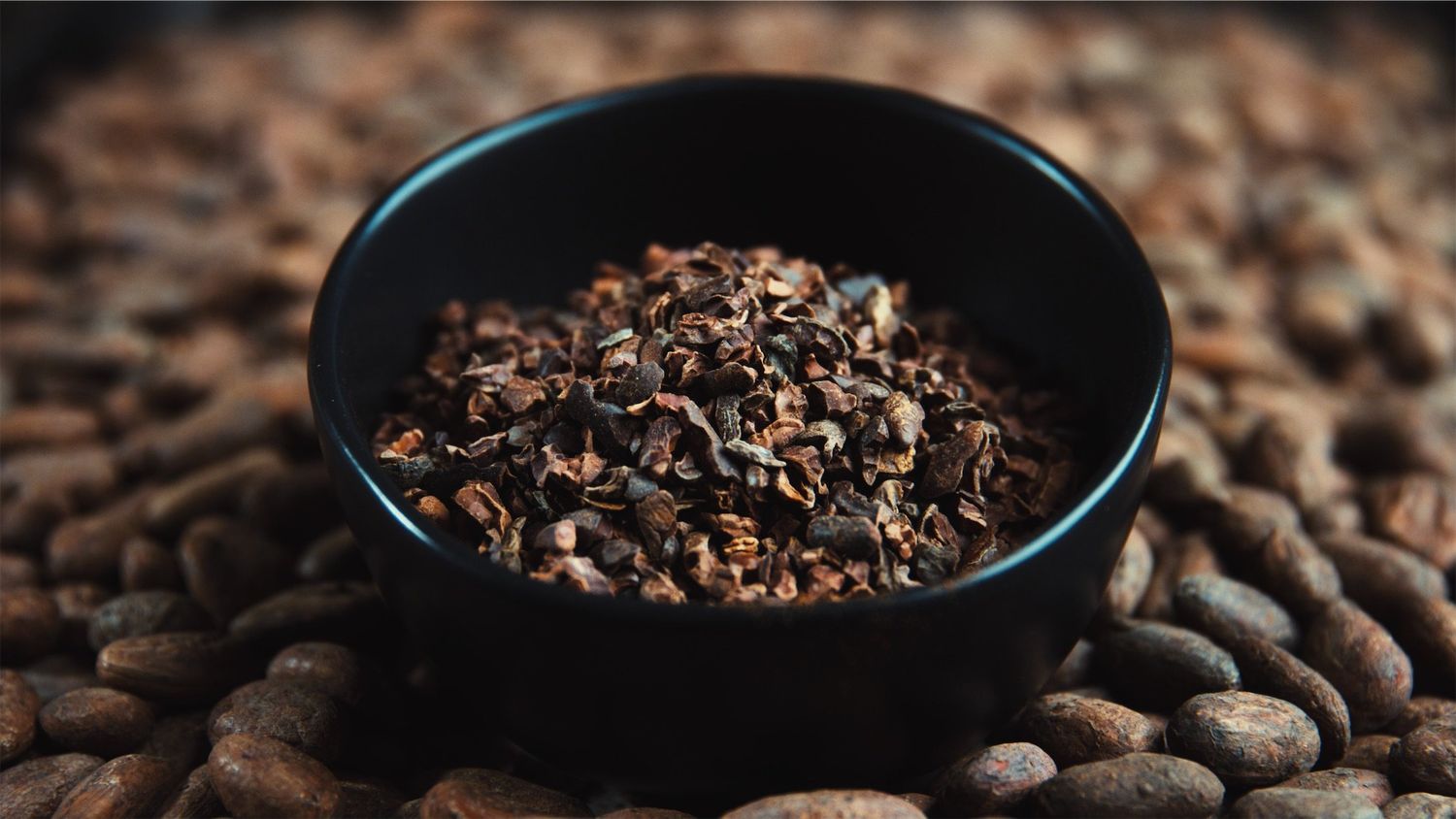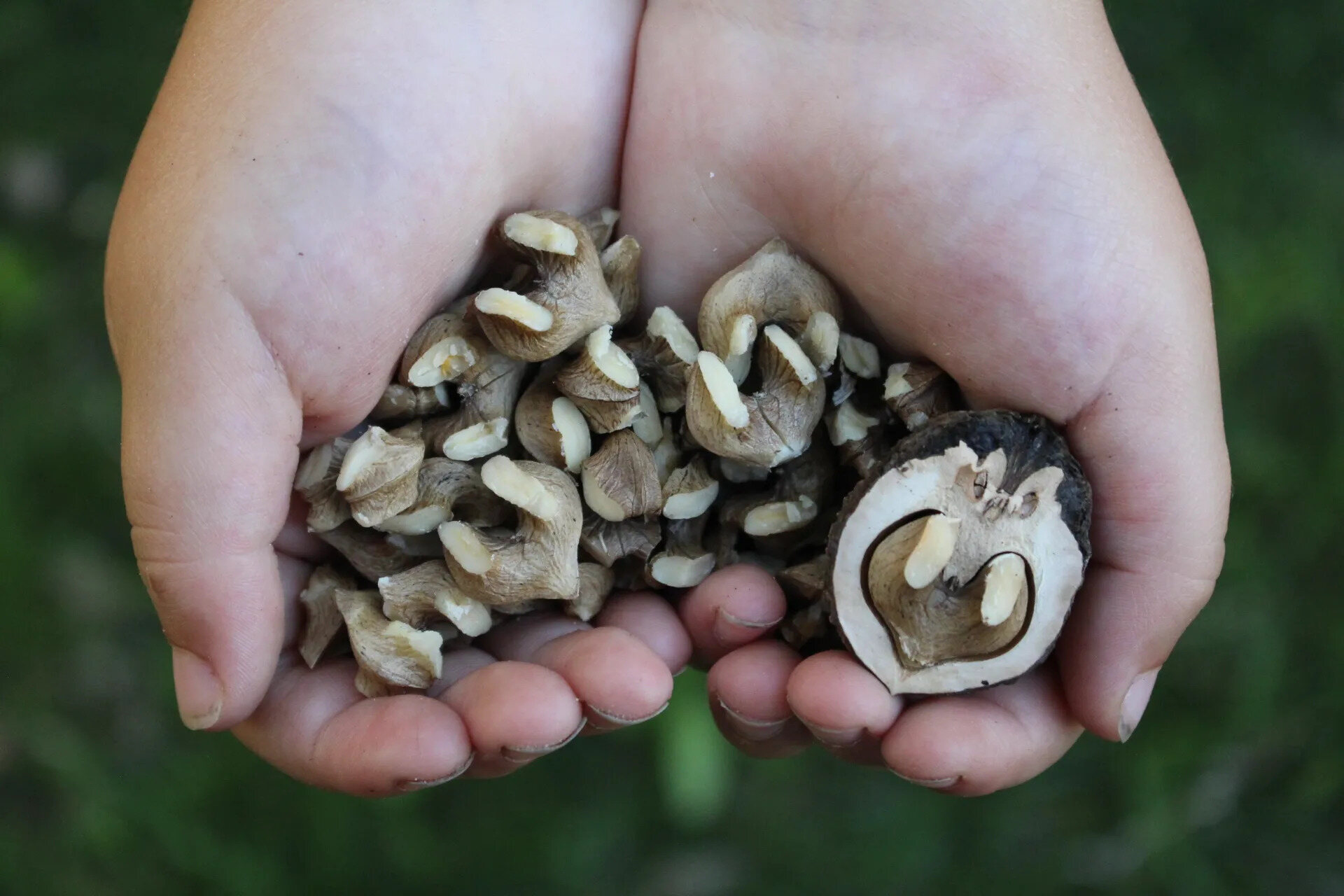Roasting Egg for Seder: A Delicious Tradition
One of the most beloved traditions during the Passover Seder is the roasting of the egg. The egg holds significant symbolism in Jewish culture, representing renewal and the cycle of life. Roasting an egg for the Seder is a simple yet meaningful ritual that adds a touch of tradition to the holiday meal. If you’re looking to learn how to roast an egg for your Seder, you’ve come to the right place. In this guide, we’ll walk you through the steps to perfectly roast an egg for your Passover celebration.
Ingredients You’ll Need:
- 1 large egg
- Water
- Salt
Step 1: Preparing the Egg
Before you begin roasting the egg, you’ll need to prepare it for the process. Start by gently washing the egg under cool running water to remove any dirt or debris. Once the egg is clean, pat it dry with a paper towel.
Step 2: Boiling the Egg
Fill a small saucepan with water and place it over medium heat. Carefully lower the egg into the water using a slotted spoon. Allow the egg to boil for 10-12 minutes, ensuring that it is fully submerged in the water throughout the cooking process.
Step 3: Cooling the Egg
Once the egg has finished boiling, remove it from the hot water and transfer it to a bowl of ice water. Allowing the egg to cool rapidly will help prevent the yolk from developing a greenish tinge and will make it easier to peel.
Step 4: Peeling the Egg
After the egg has cooled for a few minutes, carefully crack the shell on a hard surface and peel away the shell. Take care to remove all of the shell fragments to ensure a smooth and uniform appearance for your roasted egg.
Step 5: Roasting the Egg
Preheat your oven to 350°F (175°C). Place the peeled egg on a baking sheet and drizzle it with a small amount of olive oil. Sprinkle a pinch of salt over the egg to enhance its flavor. Once the oven is preheated, place the baking sheet in the oven and roast the egg for 10-15 minutes, or until it develops a light golden color.
Step 6: Serving the Roasted Egg
Once the egg is roasted to perfection, remove it from the oven and allow it to cool for a few minutes. The roasted egg can be served as a symbolic dish during the Seder meal, representing the cycle of life and the holiday’s themes of renewal and rebirth. Enjoy this delicious and meaningful tradition with your loved ones as you celebrate Passover.
Roasting an egg for the Seder is a simple yet powerful tradition that adds depth and significance to the Passover meal. By following these easy steps, you can create a beautifully roasted egg to enhance your Seder experience and honor the rich symbolism of this beloved holiday tradition.
Was this page helpful?
Read Next: How To Roast Ethiopian Coffee
